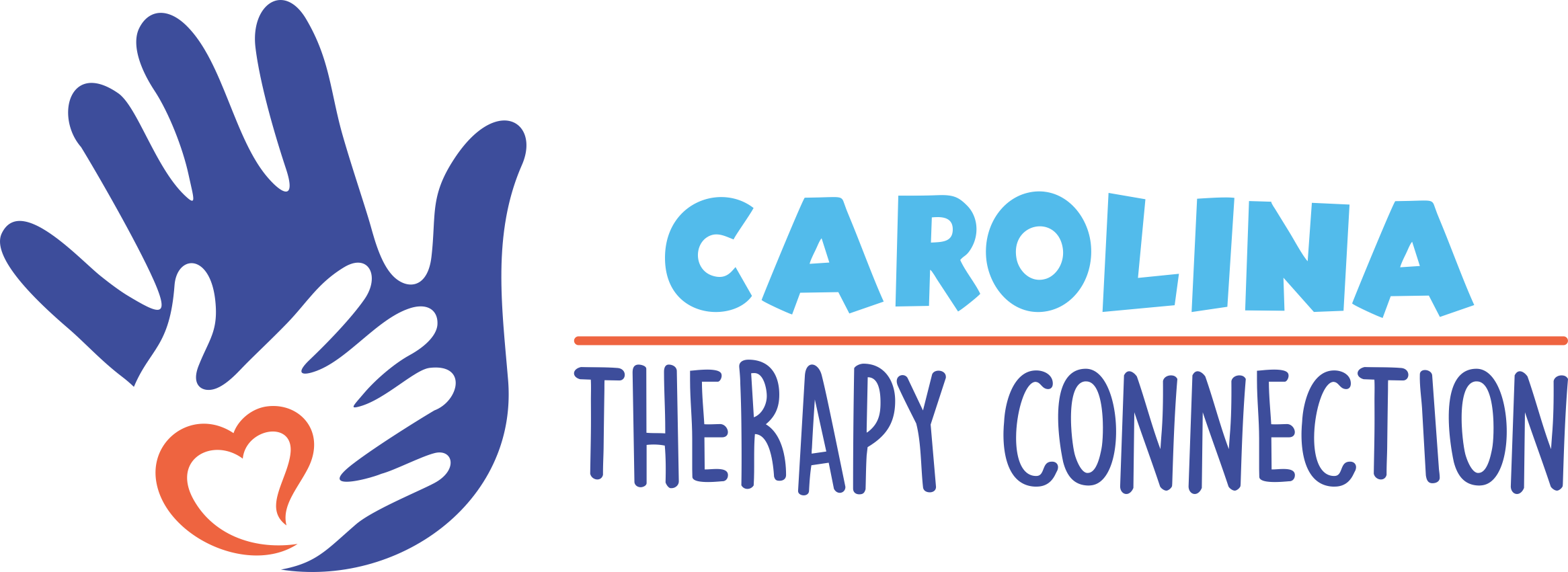What is ADHD?
Attention-deficit/hyperactivity disorder (ADHD) is one of the most common disorders among children. Per the American Psychiatric Association, many ADHD symptoms, such as high activity levels, difficulty remaining still for long periods of time and limited attention spans, are common to young children in general. The difference in children with ADHD is that their hyperactivity and inattention are noticeably greater than expected for their age and cause distress and/or problems functioning at home, at school or with friends.
ADHD Treatment
ADHD is commonly treated with medication and these medications are effective and for 80% of kids with the disorder. Some children benefit from their medication, in addition to other treatment strategies, while others are able to manage their routine with solely medication. Many parents worry about side affects of ADHD medication and are willing to try other options prior to taking the pharmaceutical route. Regardless of your decision for your child, as a parent, we understand that this can be a challenging time! An occupational therapist at Carolina Therapy Connection may be able to help your child by directly addressing these skills:
- Organization
- Physical Coordination
- Controlling energy levels
- Ability to do everyday tasks: organize their backpack, make their bed, complete morning or nightly routine, feeding etc.
- Maintain attention to tasks
- Time management
Carolina Therapy Connection discusses several alternative and complementary treatments for ADHD that we specialize in below.
Sensory Integration Therapy
-
- Many children with ADHD also suffer from sensory processing disorder, a neurological underpinning that contributes to their ability to pay attention or focus. Normally, we process and adapt to sensory stimulation in our daily environment. But children with ADHD are unable to adjust, and instead might be so distracted and bothered by a sound or movement in the classroom, for instance, that they cannot pay attention to the teacher.
- Development of a sensory diet and home education program focusing on self-modulation and self-regulation skills
- Use of our brand new, 3000sq. ft. sensory gym to elicit a variety of adaptive responses to help improve attention and sensory modulation
- Focus specifically on deep pressure/proprioceptive feedback and vestibular feedback.
Interactive Metronome (IM) Treatment Modality
-
- Developed in the early 1990s, the Interactive Metronome treatment modality is a computer-based program that has children complete physical exercises in certain pre-determined rhythms, relying on a concept called “neurotiming” to improve a child’s focus, coordination, processing speed, and working memory.
- The program requires the user to synchronize a range of hand and foot exercises with a precise computer-generated tone heard through headphones. A child tries to match the rhythmic beat with repetitive motor actions. An auditory-visual guidance system gives immediate feedback, measured in milliseconds, and keeps score. Over time (a typical course of treatment lasts 15 to 20 sessions), IM improves the brain’s sense of timing through exercise and practice — which, in turn, is thought to improve a wide range of other cognitive skills.
- The principle behind both Interactive Metronome (neurotiming) has been studied for more than 10 years. Most of the results have been positive: a 2011 study, focusing on 54 students in grades 2 through 8, found that, after training with Interactive Metronome for 20 sessions, participants’ reading and math skills improved by an average of 20 percent. Common ADHD trouble spots like attention levels, listening ability, and emotional control improved, too — by an average of 30 percent.
- Another study, from 2012, compared traditional reading intervention methods with an interactive metronome program. Results indicated that children who practiced with the metronome program — in addition to the traditional reading intervention methods — had greater gains in reading skills than did the children who used traditional methods alone.
- The Interactive Metronome training helps to facilitate a number of capacities, including attention, motor control, and selected academic skills, in children with ADHD.
- Treatment with the Interactive Metronome is incorporated into a comprehensive occupational therapy treatment program and is covered by all insurances.
Therapeutic Listening Program
-
- Therapeutic Listening is an evidence-based form of music and sound therapy that assists people with many things such as sensory integration, poor attention and communication, and social skill deficits. The music or sounds delivered to the individual through the headphones have been electronically modified and altered so that they stimulate the proper area of the central nervous system or brain.
- In Therapeutic Listening therapy, an individual listens to a 30-minute session of music on specialized headphones twice a day no less than 3 hours apart from each other. While listening to music during the 30-minute session, the individual is usually engaging in behaviors that are intended to help them practice the skill of which they are wanting to improve. It can be done at home or in a therapeutic setting with our VitaLinks trained therapists.
- Therapeutic Listening music can be altered in a way to stimulate the part of the brain that is responsible for attention, focus and hyperactivity. There have been numerous case studies to validate the efficacy of Therapeutic Listening to improve attention and focus.
Mindfulness Training
-
- Occupational therapists work to help children “ground” themselves in their routines by using mindfulness techniques that help avoid and manage the stress that comes with feeling out of control.
Zones of Regulation
-
- The Zones of Regulation is a curriculum geared toward helping students gain skills in consciously regulating their actions, which in turn leads to increased control and problem solving skills for kids with difficulty controlling impulsive behaviors.
- The curriculum includes learning activities to help clients recognize when they are in the different zones (states of arousal) as well as lessons on how to use self-regulation strategies or tools to regulate the zone they are in.
- Calming techniques and thinking strategies are explored along with sensory diet supports so students have a toolbox of strategies from which they can choose to help self-regulate.
- To further explore the concept of self-regulation, clients gain an increased vocabulary of emotional terms, skills in reading facial expressions, perspective on how others see and react to their behavior, insight about events that trigger their behavior, and problem-solving skills. Executive functioning skills are addressed in order to increase flexible thinking, awareness of impulse control, and understanding the big picture.
If you have any questions regarding these treatments or your child’s development, call our clinic at 252-341-9944 and we will be glad to get you talking with one of our occupational therapists! Looking for more ADHD resources? Visit our resources page for ADHD HERE.


